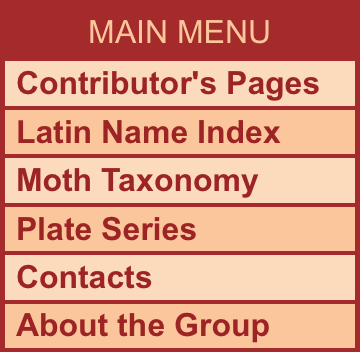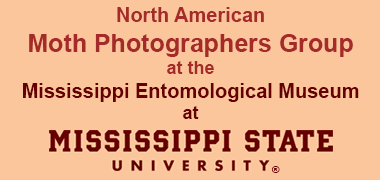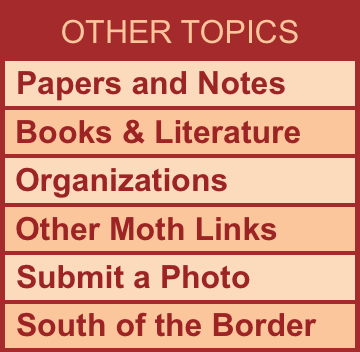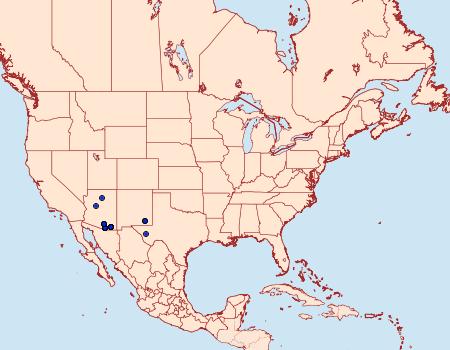Noctuidae
931359 –
9159.2 Tarache geminocula
(Ferris & Lafontaine, 2009)
|
|
|
| Photographs are the copyrighted property of each photographer listed. Contact individual photographers for permission to use for any purpose. |
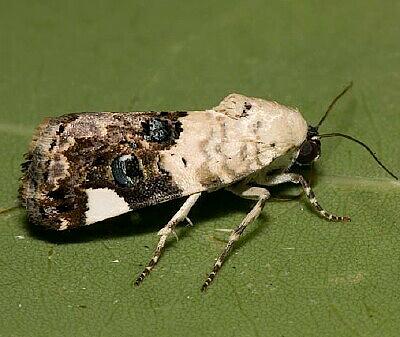
© Charles Melton
|
| Distribution: |
Arizona and Texas. Riparian canyons. Elevations ~ 4,100-7,400 ft. |
Seasonality
and Size: |
July - September. Wingspan ~ 20-24 mm. |
Description/
Field Marks: |
Distal brown area of forewing mottled with paler areas. Reniform with basal dark patch. Second "reniform" spot with dark apical patch. Forewing basal area nearly white (male). Very pale yellowish (female). |
| Similar Species: |
- The Acontia areli group consists of six species, five of which are found in our check list area. They are similar in appearance, but differ in genitalia. See individual species pages for tips on identification. Photographs below by Cliff Davis and Jocelyn Gill.

. - Pinned specimens of related species. (Hint: select View by Region on the related species page.)
|
| Synonymy: |
geminocula (Ferris & Lafontaine, 2009) (Acontia) - MONA 1983: [NEW] |
| Taxonomic Notes: |
Tarache geminocula: Formerly placed in the genus Acontia. New species description, Ferris & Lafontine 2009. |
|
| References (Caution: DNA barcoding at BOLD provides evidence of relatedness, not proof of identification; some BOLD specimens shown may not be sequenced.) |
- Barcode of Life (BOLD) - Caution: Identifications often erroneous; DNA barcode provides evidence of relatedness, not proof of identification; many specimens not sequenced.
- Ferris, C. & D. Lafontaine, 2009. Review of the Acontia areli group with descriptions of three new species (Lepidoptera, Noctuidae, Acontiinae). ZooKeys, 9: 27-46.
- Species Page at BugGuide.Net
- Species Page at The Noctuidae of North America by Robert W. Poole (Nearctica.com) - archived page access (go to a year prior to 2020 and select a blue circled date from the calendar).
- Species Page at iNaturalist
|
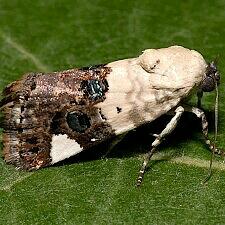
© Charles Melton
|
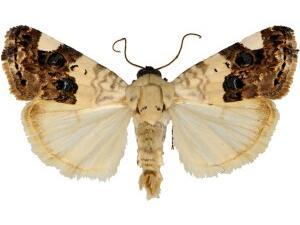
© CNC - Jocelyn Gill
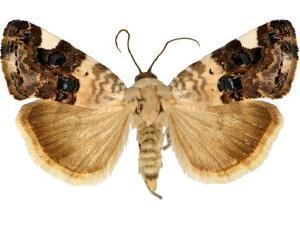
© CNC - Jocelyn Gill
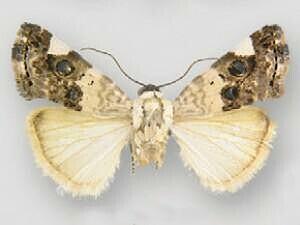
© CNC - Jocelyn Gill
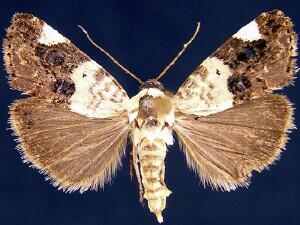
20mm – © Jim Vargo
|
